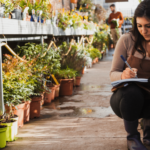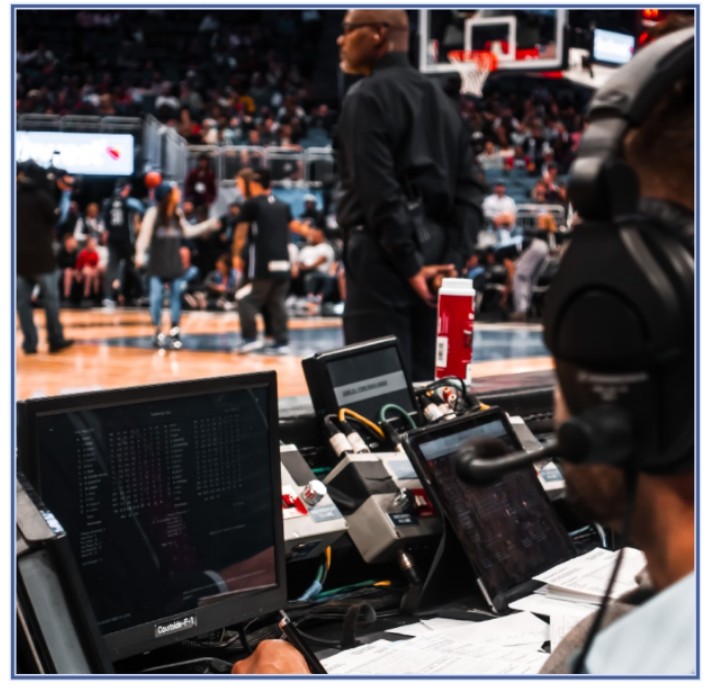Water damage is one of the most common and potentially devastating issues homeowners face. A busted pipe, bad weather, or a leaky roof can all cause water to swiftly enter your home and cause damage to your property, possessions, and overall structure. It’s critical to take immediate action after a water damage incident to reduce damage and start the water damage restoration process. Here’s a comprehensive guide to help you navigate the aftermath of water damage.
Assess The Situation
The first thing to do when water enters your home is to assess the extent of the damage. Start by ensuring that you and your family are safe. If the water is flooding your home or electrical appliances are at risk of being submerged, it’s crucial to turn off the electricity. Don’t enter areas with standing water unless you’re sure it’s safe. If flooding is severe or the water is coming from a sewage line, contact https://veteranbros.com/ emergency services immediately.
Once safety is ensured, evaluate the affected areas. Identify which rooms, floors, and materials have been compromised. If it’s possible to do so safely, try to remove any valuable items, furniture, or electronics from the water-logged areas to prevent further damage.
Stop The Water Source
If the water damage is caused by a plumbing issue, such as a burst pipe, the next step is to stop the source of the water. To stop additional water from flooding your area, find your main water shut-off valve and turn it off. If you’re unsure of where the shut-off valve is, make sure to familiarize yourself with its location in advance so that you’re prepared during an emergency.
If the damage is related to a roof leak or natural flooding, stopping the water source might not be immediately possible. In these cases, cover openings with a tarp or plastic sheeting to prevent additional water from entering your home. If needed, you can call professionals who are equipped to handle these situations.
Begin Drying Out The Affected Areas
Time is of the essence when it comes to drying out your home after water damage. Water will do more harm to your house the longer it is there. To begin, open windows and use fans to move air around the impacted regions. If you have access to a dehumidifier, set it up to help pull moisture from the air.
While natural drying methods can help, they often aren’t enough to prevent mold growth or structural damage. For more serious water damage, it’s best to call in professional restoration services. These experts have specialized equipment, such as industrial-grade air movers, dehumidifiers, and water extractors, to handle large-scale drying quickly and effectively.
Inspect For Mold Growth
Mold development can result from water damage and pose a major health risk. Since mold grows best in moist, dark conditions, it’s critical to look for indications of mold growth in the impacted regions. If you notice any visible mold or if you smell a musty odor, it’s time to take action.
Mold remediation may require the removal of affected materials like drywall or carpet. While small mold patches can sometimes be cleaned by homeowners, larger infestations should be handled by professionals who have the knowledge and tools to safely remove mold and prevent its return.
Contact Water Damage Restoration Professionals
Water damage restoration isn’t a job that most homeowners can handle alone, especially if the damage is extensive. In these cases, it’s important to contact a water damage restoration company. These experts are prepared to handle any kind of water damage, including the cleaning, drying, and restoration of impacted buildings and their contents. They can also help with mold remediation and any necessary repairs, from repairing drywall to replacing flooring.
A restoration expert will start by evaluating the damage and developing a restoration plan. To dry out the area, remove extra water, and clean and disinfect the contaminated surfaces, they will employ specialist equipment. Once the restoration is complete, they will help you assess any long-term repairs needed to fully restore your home.
Prevent Future Water Damage
Once your home has been restored, it’s important to take steps to prevent water damage in the future. Your home can be greatly protected with routine upkeep. Make sure to inspect your plumbing regularly, clean gutters to prevent blockages, and check your roof for leaks. Investing in sump pumps or sump pump backups, as well as waterproofing your basement, can also provide an extra layer of protection.
Although dealing with water damage can be a daunting experience, you can lessen its effects and start the repair process by responding promptly and following the right procedures. While some homeowners can handle minor water issues, major damage typically requires professional help. Don’t hesitate to call a water damage restoration company to ensure your home is restored to its pre-damage condition.






